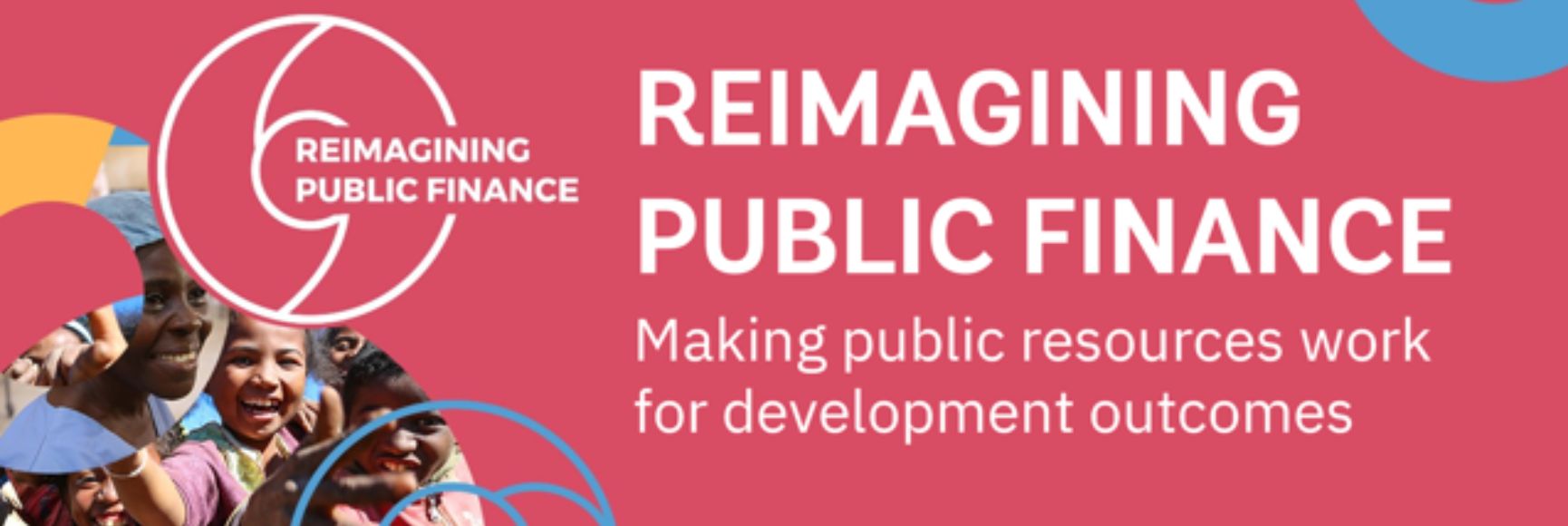By Olivier Blanchard and Carlo Cottarelli
How can governments have their cake and eat it too? How can fiscal policy provide sufficient support to economic activity, and reassure markets that fiscal solvency is not at risk? The poor state of fiscal accounts of most advanced countries calls for austere fiscal policies, before the confidence crisis that is now hitting a few small advanced economies spreads to the larger ones. But not right now: a frontloaded adjustment—that is a tightening that is not gradual but falls disproportionately early in the adjustment phase—could destabilize the recovery.
But can countries limit frontloading and still achieve credibility? Yes, but baking the right fiscal pie is likely to require a number of ingredients. While the exact recipe depends on country circumstances, here are our suggested ingredients.
1. Fiscal rules
For starters, countries can adopt rules to constrain their future behavior, with strong legislative backing and appropriately tough penalties in case of misbehavior.
The truth however is that rules will help, but they are unlikely to be enough. For one thing, a fiscal rule that is appropriate for the long run—say, a structural balanced budget rule—cannot be immediately enforced when the starting point is, in many cases, a deficit close to double digits. A convergence period will be needed—as in the case of the Germany’s new fiscal rules, which targets a balanced structural balance only by 2016. And, to make that convergence credible, other ingredients are needed.
2. Multi-year spending limits
Second, reasonable multi-year spending ceilings, endorsed not just by the government but also by parliament, will be crucial. In countries where spending ratios are high, a large part of the adjustment will have to come from spending restraint. This has been a feature of successful fiscal exits, such as in Sweden and Canada in the 1990s. It is missing in a number of countries, including the largest world economy.
Here the difficulty is to reconcile the need for hard ceilings, which can not be easily revised, with a modicum of flexibility in case the recovery falters.
- This means that some items should be exempt from the ceilings, particularly expenditures that are cyclical like unemployment benefits, non-discretionary like interest payments, or fiscally neutral like EU-funded projects.
- It also requires ensuring that the legislative process for revising the ceilings (often annual and likely to be unavoidable at least for some spending items) does not turn into a free-for-all fiscal party.
3. Open and accountable budgeting
This takes us to the third ingredient, fiscal transparency. Countries need to be transparent in formulating budgets and presenting them to the public. Markets and the public must be confident that medium-term plans, or changes to them, are justified by overriding macroeconomic considerations, and not, for example, by short-term political goals. They should also be confident that revenue projections—and the underlying growth assumptions—are not the result of wishful thinking.
The best way to achieve this is to establish a politically-independent fiscal agent to monitor fiscal policy making. The United States has one, the Congressional Budget Office. Many European countries do not, although some, like Germany and the United Kingdom, have recently introduced them, following positive experiences in Nordic countries. For these newcomers, the test will be to show genuine independence. For the others (the two advanced countries with the largest debt-to-GDP ratios—Japan and Italy—do not have them yet) early action in this direction is urgently needed.
Transparency also means providing the public with comprehensive information on the state of public finances. Surely advanced countries already do this, right? Not so.
- Of the nine advanced countries in the G-20, how many produce fiscal statistics covering the whole public sector—including the central bank, state mortgage guarantee institutions, and other publicly-owned corporations? Only three.
- How many of them publish alternative fiscal scenarios; that is, information not only about the fiscal baseline, but also on what happens if shocks (say, higher interest rates), materialize? Only five.
- How many publish adequate statements of tax expenditures (the revenue loss related to special tax treatment of certain sectors and activities)? Only four. (And what is the point of spending ceilings if they can be circumvented by granting tax deductions?)
- How many countries do all of the above? Only Canada.
4. Disciplined budget preparation and execution
Next, countries need more disciplined budget preparation and execution processes. Budget preparation should be driven by the overall medium-term deficit and spending ceilings. That is, it must be “top down.” Budget execution should be underpinned by processes that minimize the risk of slippages. Here advanced countries fare relatively well. And yet, some further progress is needed, including in some European economies.
The recipe. Just mix-and-bake?
Finally, we come to the most difficult part: countries need some frontloaded measures to give some filling to the pie.
Hang on! Did we not say that front-loading is wrong (except when failure to do so would make things even worse)?
Here we need to distinguish between approval of the measures and their implementation. Frontloaded implementation would not be appropriate in most cases. But frontloading legislative decisions on measures that will take effect at a later date, or that will affect the economy gradually over time is definitely appropriate. For example, a partial or total freeze of turnover of retiring public employees falls in that category.
Simple, isn’t it? Of course not, as otherwise it would have already been done. But it is easier than dealing with the consequences of living without a credible medium-term fiscal plan.
A post-scriptum: All of the above is just to whet your appetite. What is just as interesting is to see how the medium-term fiscal adjustment plans announced over the last few months by major economies stack up against the above recipe. If you want to know more about this we suggest you savor our newly released Fiscal Monitor. The proof will be in the eating.
Note: This post was previously published on iMFdirect, the IMF's global economy forum.





